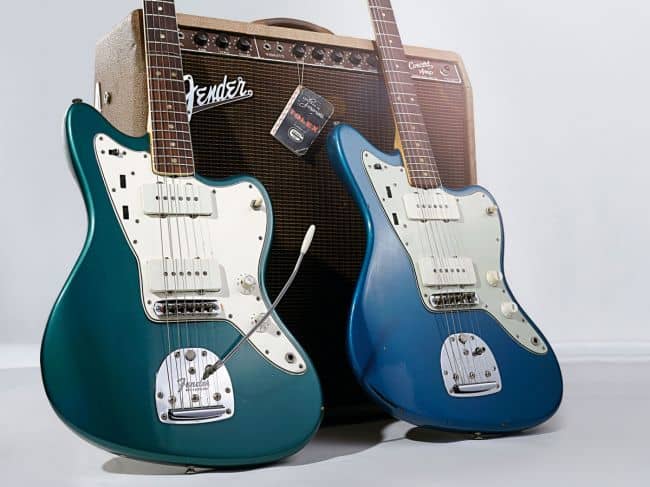in the hms rattlesnake kit, shipyard has you soak/coat the kit supplied rigging material in NITRO VARNISH, and then use it when dry. They do this as a means of making the string easy to work with. 9 cm of the cannon breaching rope after coating in their brand of nitro varnish has it as stiff as wire and resistant to gravity.
My question is, is that method actually safe to do for cotton and not just synthetic material like they provide?
My question is, is that method actually safe to do for cotton and not just synthetic material like they provide?









